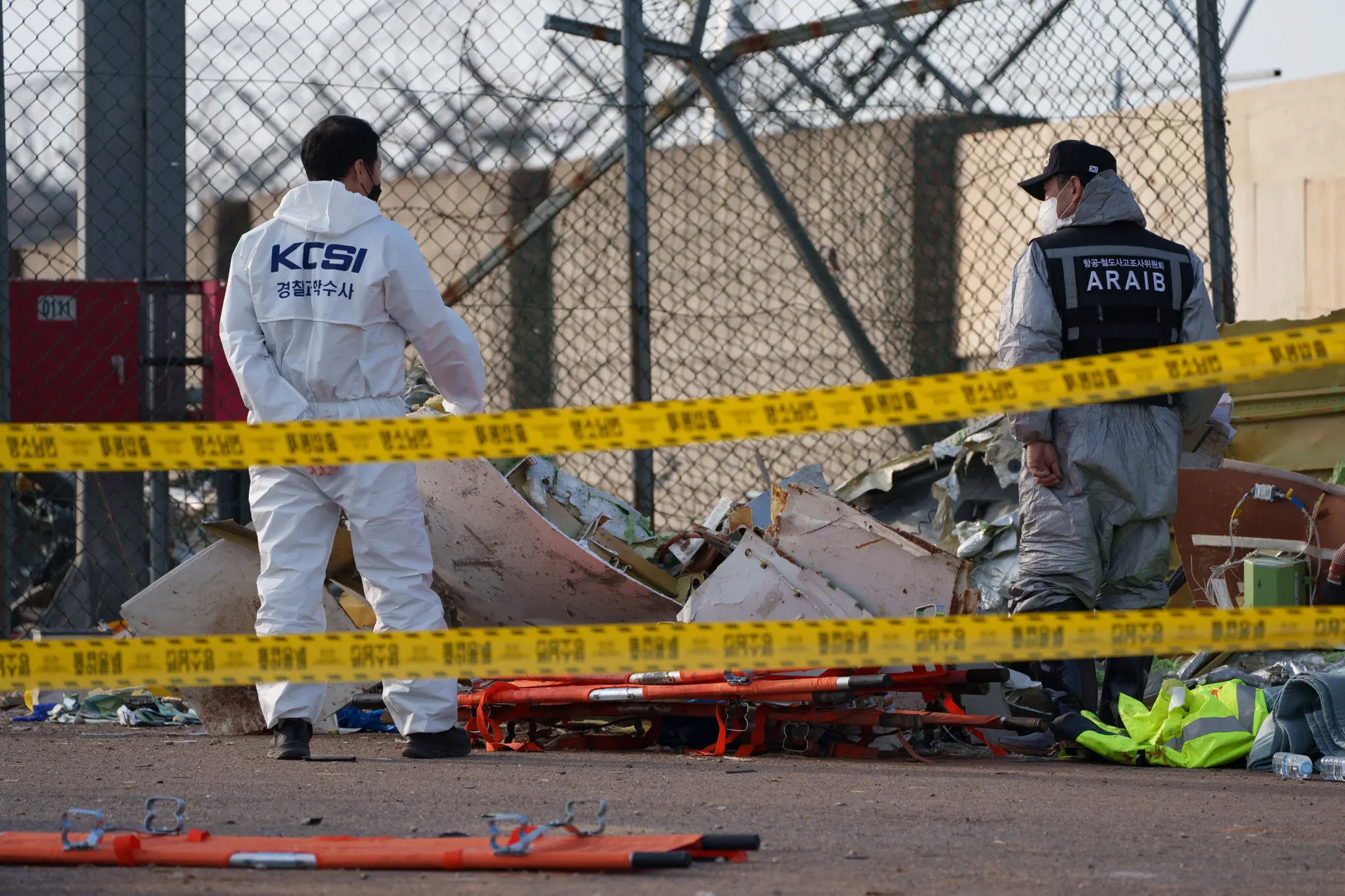The danger behind media bias and distortion
By: Ahna Jung
Imagine sitting in an airplane, when all of a sudden, the engine falters. Helpless, you watch as the plane plummets rapidly to the ground, and the only thing you can hear in these final moments are the shrieks and cries of everyone around you. This is many people’s worst nightmare. Now, the chances of such an event happening are one in eleven million, unlikelier than the probability of being killed by a shark, so why are people increasingly more afraid of flying? The reason lies in media portrayals and news production. Media bias and distortion has formed a large-scale misconception around aviation safety, which proves to be detrimental to perceptions of flying and public health.
2024 was a tragic year in terms of aviation accidents; two fatal crashes occurred in the final week of the year. 318 people were killed from aviation accidents in 2024, more than double the number in 2023. As a result, public perceptions of aviation safety have recently taken a turn for the worse. People are worried that the sudden increase in aviation accidents is intrinsic to problems within the aviation industry. However, the reality is that the increase in accidents during 2024 did not indicate a problem with planes, pilots, or aviation safety. No form of transportation guarantees safety, and it’s impossible to control factors such as weather, conditions, or unfortunate series of events. Flying is as safe, if not more safe, than it has been in recent history. Even so, many people are still worried and skeptical about aviation safety.
Such claims are unfounded. Since the beginning of commercial travel, planes have been one of the safest and most efficient ways of commuting, even safer than cars. The fatality rate due to plane crashes has been steadily declining. “The chance of dying during an air journey keeps dropping by about 7 percent annually, and continues to go down by a factor of two every decade,” states Arnold Barnett, an MIT professor. Today, passengers are thirty-nine times safer than they were during the 1968-1977 study. A collection of data, dissected by Barnett et al, found that the risk of death while flying from 1968-1977 was one in every 350 thousand. In contrast, today the risk from commercial air travel is one out of every 13.7 million. Planes have significantly gotten safer, and are projected to keep doing so. Yet, a growing fear of air travel is steering people away from planes and instilling a negative perception of flying. The fear of aviation safety lies not in the nature or dangers of flying, but in the ways in which the media distorts aviation accidents.
After the 2024 Jeju Air aviation accident, the largest plane crash in South Korean history, the New York Times posted an article on its breaking news page titled “From Bird Strike to crash: The Mystery of the Korean Planes Four Fateful Minutes.” When the article was released, information about the crash had not yet been disclosed. Even today, experts are still trying to figure out the real cause of the accident. Yet, the headline carried the assumption that the crash had occurred due to a bird strike. People grew worried that a plane could be taken down by a mere bird. In reality, the accident was a result of a series of events, likely uncontrollable and not the fault of a single almost inconsequential variable. Trying to gain the most attraction and viewers, the media tends to highlight one sole cause for an accident as this is the simplest and most eye-catching headline. As an unfortunate result, misinformation is spread.
The mainstream media has a major influence on public perception, especially as global news becomes increasingly accessible to large audiences through social media and the internet. News and media are intended to connect the world and help people become more informed on events around them; however, they are doing the opposite. The desire for viewership has shifted the intentions of news outlets away from informative media and into interest based news. As a result, news stories have formed a predominantly negative undertone. A study led by Van der Meer in 2019 discovered that the attention received by aviation accidents has risen as the rate of the accidents occurring decreases. Data was collected from five prominent U.S. news sources, and the total coverage of road accidents versus aviation accidents was tallied up as a total for all news websites. The data presented shows that aviation accidents are only reported 2 times less than road accidents, yet aviation accidents occur roughly 13 thousand times less than road accidents globally. The portrayal of aviation accidents has been normalized in the media, and as a result, normalized amongst society. The notion that aviation accidents are common is integrating into public perception, leading to a misperception of how safe planes truly are.
The growing false impression that aviation safety is deteriorating is detrimental to people’s safety and wellbeing. A study in 2007 by Gigenzer found that the months following 9/11, the number of road accidents skyrocketed due to the increase in road travel. The problem is that when people begin to believe that aviation is truly unsafe, they veer towards riskier alternatives. All other modes of transportation are more dangerous than planes, especially cars. The detrimental effects of the ways in which the media portrays aviation safety warn us of the harms of media bias and distortion.




Leave a Reply